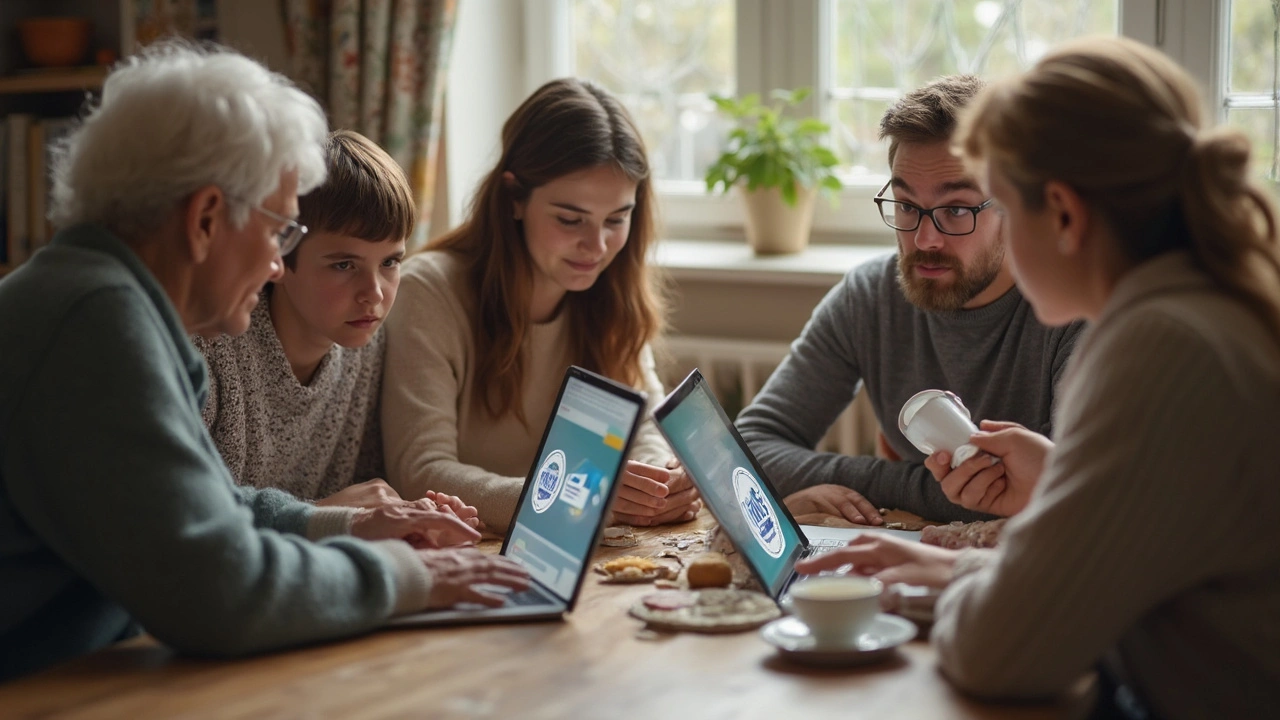Online Pharmacy Credentials: Quick Ways to Verify a Safe Site
Want to buy meds online but worried about scams or fake pharmacies? Start by treating the site like a stranger — check credentials before you enter any payment info. Real pharmacies show clear licensing, let you talk to a pharmacist, and insist on a valid prescription for prescription drugs.
Simple checklist to verify credentials
1) Look for a license number and the regulator name. A trustworthy pharmacy lists a license and where it’s registered. In the US, you can check NABP listings (nabp.pharmacy). In the UK, search the GPhC register. In Australia, check AHPRA/TGA guidance. For EU sites, look for the official EU common logo that links to the national authority.
2) Click any trust seal. LegitScript and NABP seals should be clickable and lead to a verification page. If a seal is just an image with no link, that’s a red flag.
3) Ask for a prescription. Legit pharmacies require a prescription for antibiotics, blood pressure meds, opioids, and most other prescription-only drugs. If the site sells those without a prescription or offers an online quiz that replaces a real prescription, don’t buy.
4) Check contact info and a real address. There should be a working phone number and a verifiable physical address. Try calling — a legitimate pharmacy will connect you to a real person or pharmacist.
5) Verify the pharmacist presence. A safe online pharmacy says who the licensed pharmacist is and how to contact them for questions.
Red flags and safe-order tips
Watch out for prices that look too good to be true. Extremely low prices can mean counterfeit drugs. Also avoid sites that: don’t require ID or prescription; ship from multiple countries in one order; use poor English or lots of pop-ups; accept only wire transfers or crypto; or pressure you with time-limited deals.
Use secure payment methods (credit card, PayPal) so you have fraud protection. Check for HTTPS and a padlock icon in the browser bar, but don’t rely on that alone — it only shows the site has a secure connection, not that it’s legitimate.
Read recent user reviews from multiple sources, not just testimonials on the pharmacy site. Search the pharmacy name plus words like “scam,” "review," or "complaint." If you find repeated reports of wrong meds or no delivery, skip it.
If you’re unsure, consult your doctor or local pharmacist before ordering. For controlled substances and complex medications, stick to a local or well-known certified international pharmacy. Taking a few minutes to verify credentials can prevent receiving ineffective or dangerous medicines.
Keep a record of your order and the pharmacy’s contact info. If anything goes wrong, you’ll need that info for your bank, local regulator, or consumer protection agency.
Follow these steps and you’ll cut down your risk a lot. Verifying credentials isn’t hard — it’s just a few clicks and a phone call that can save you from a bad outcome.
Ever wondered if that online pharmacy you found is actually legit? This guide shows you how to verify an online pharmacy’s credentials using well-known approval seals like CIPA and NABP. Learn what each seal means, tips on spotting fakes, and how to protect yourself from scams. We’ll walk through common pitfalls, ways to double-check pharmacy claims, and even point you to safe alternatives. Perfect for anyone wanting real answers about safe online medicine shopping.
